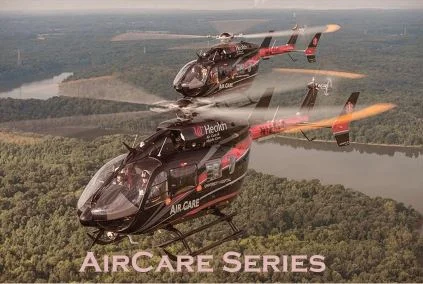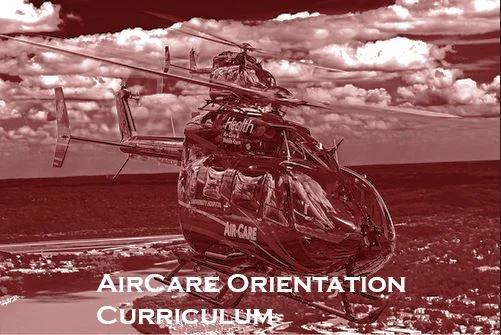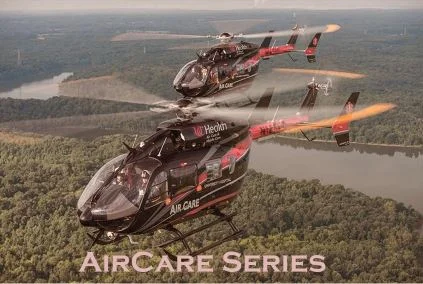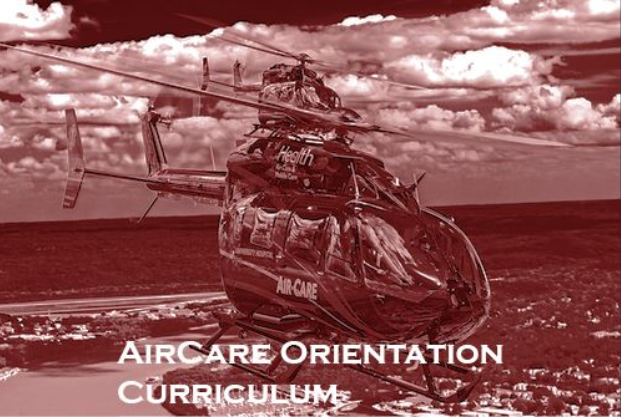Air Care Series: Not Just Little Adults, Neonatal Resus
/While often alarming, neonatal resuscitation is critical in the care of a neonate. In the critical care transport environment preparations is crucial in optimizing resuscitation success. In this edition of Air Care Series, Dr. Irankunda walks us through neonatal resuscitation in the transport environment.
Read More


















